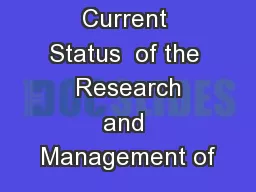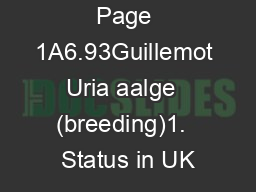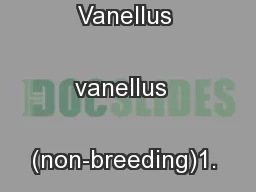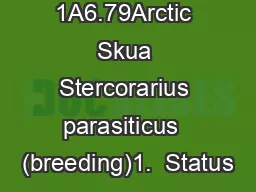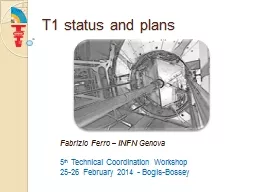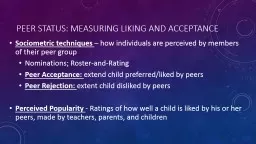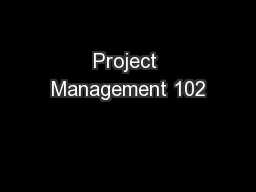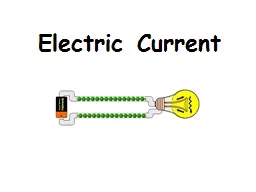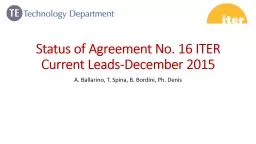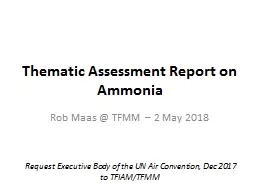PPT-Current Status of the Research and Management of
Author : cheryl-pisano | Published Date : 2018-09-19
Bat WhiteNose Syndrome Jeremy T H Coleman National WNS Coordinator US Fish amp Wildlife Service Northeast Region Biologists Conference Baltimore Maryland 17 February
Presentation Embed Code
Download Presentation
Download Presentation The PPT/PDF document "Current Status of the Research and Man..." is the property of its rightful owner. Permission is granted to download and print the materials on this website for personal, non-commercial use only, and to display it on your personal computer provided you do not modify the materials and that you retain all copyright notices contained in the materials. By downloading content from our website, you accept the terms of this agreement.
Current Status of the Research and Management of: Transcript
Download Rules Of Document
"Current Status of the Research and Management of"The content belongs to its owner. You may download and print it for personal use, without modification, and keep all copyright notices. By downloading, you agree to these terms.
Related Documents

